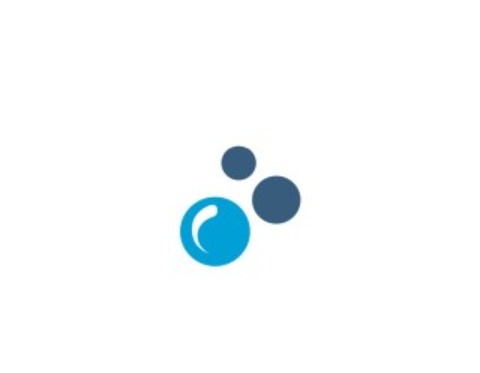In a world where every moment is captured, shared, and stored digitally, it’s easy to lose track of what truly matters. Photos, documents, messages, voice notes, financial records—our lives are now embedded in devices, drives, and cloud accounts. But what happens when files are lost, platforms shut down, or formats become obsolete?
That’s where Personal Digital Archiving becomes essential. This practice isn’t just about backing up files—it’s about preserving your digital history, protecting what matters, and keeping it accessible for years to come. In today’s fast-paced digital environment, personal digital archiving is no longer optional—it’s a smart necessity.
Preserving Your Digital Life: The Essence of Personal Archiving
We all generate massive amounts of digital content—whether it's cherished photos, important documents, or everyday communications. Personal Digital Archiving is the intentional act of collecting, organizing, and safeguarding this content to ensure it remains accessible and intact for years to come.
It goes far beyond simple file storage or basic cloud backups. The goal is long-term preservation—keeping your digital files secure and usable even as devices evolve, software becomes obsolete, or platforms shut down. This process often includes managing personal photos and videos, financial and tax records, medical or academic files, legal documents, emails, blog content, and even social media history.
By creating a personal digital archive, you're not just organizing your digital footprint—you're future-proofing it.
Why It Matters Now More Than Ever
We’re Generating More Data Than We Realize
According to a 2024 IDC study, the average individual produces over 1.7 MB of data every second—from text messages and emails to app activity and cloud uploads. Without a system in place, it’s easy to lose or misplace meaningful files amidst the digital clutter.
Personal Digital Archiving allows you to filter through this data and keep only what truly matters—organized, searchable, and accessible when needed.
Technology Fails—But Your Memories Don’t Have To
Device crashes, accidental deletions, stolen phones, and account lockouts happen all the time. Even reliable cloud services can discontinue or change their terms. Archiving offers you:
- A second line of defense against permanent data loss
- Freedom from vendor lock-in
- Version control and organization across devices
It gives you confidence that your most valuable files won’t vanish with a broken hard drive or forgotten password.
The Emotional and Legacy Value of Archiving
Safeguarding Your Memories
A scanned letter from a grandparent, childhood photos, or videos from milestone moments carry emotional weight. Losing them can feel like losing part of your identity. With Personal Digital Archiving, you can:
- Store photos and videos in universal formats
- Add metadata like dates and locations
- Keep backups across multiple platforms
Building a Digital Legacy
Have you thought about what happens to your digital presence after you're gone? Archiving helps you shape your digital legacy—intentionally curating what will be accessible, what remains private, and what gets passed on.
It offers control and clarity over how your digital footprint is remembered and managed.
The Practical Benefits You Can’t Ignore
Stay Organized and Reduce Daily Stress
Personal digital archiving helps streamline life. Whether you’re filing taxes, sharing medical documents, or tracking warranties, an organized archive allows you to:
- Quickly retrieve specific files
- Avoid duplication or misplacement
- Keep a digital paper trail for important decisions
You save time, reduce frustration, and improve personal efficiency.
Be Ready for Emergencies or Life Transitions
When life changes—relocation, emergencies, or family events—having easy access to digital documents is crucial. Think of moments like:
- Needing a scanned ID during travel
- Retrieving medical records for a family member
- Accessing educational or financial files for applications
A personal archive turns stressful moments into manageable tasks.
Getting Started: Archiving Made Simple
Starting your Personal Digital Archive doesn’t have to be complicated. Follow these streamlined steps:
1. Keep What Matters Most
Focus on essentials—photos, legal papers, health records, creative work, and important emails.
2. Back It Up Smartly
Use both cloud storage and external hard drives. Store at least two copies in different locations for safety.
3. Stay Neat and Searchable
Name your folders clearly (like "Medical_2024" or "Vacation_Italy_2022") and use tags or brief notes to keep files easy to find.
4. Choose Formats That Last
Stick to widely supported formats like PDF, JPG, MP4, and CSV to ensure long-term accessibility.
Conclusion
In a digital world, our most valuable assets often live in invisible places—stored in pixels, hidden in folders, or scattered across devices. Without a plan, we risk losing our memories, identity, and vital information.Personal Digital Archiving gives you the tools to preserve what matters, organize your life, and pass on your digital story with care and clarity. Start today—because every photo, file, and memory deserves to be remembered.

